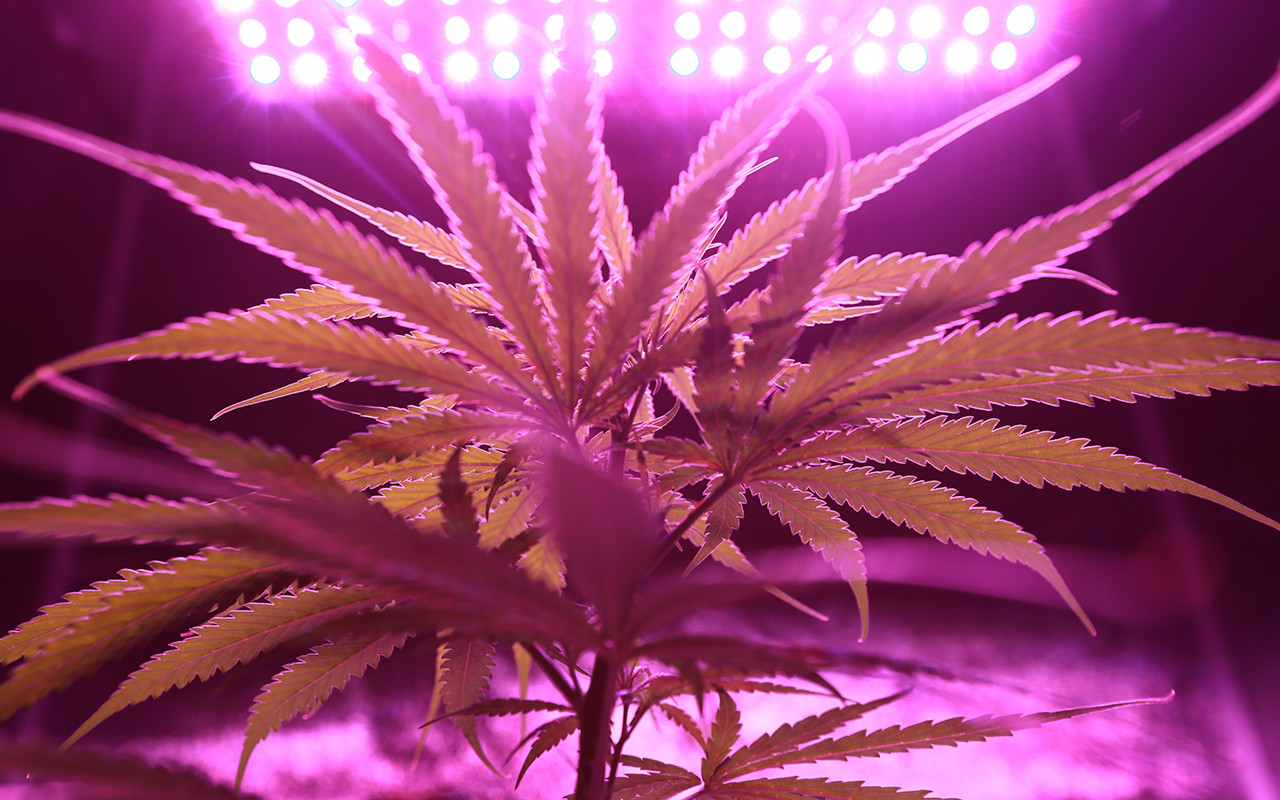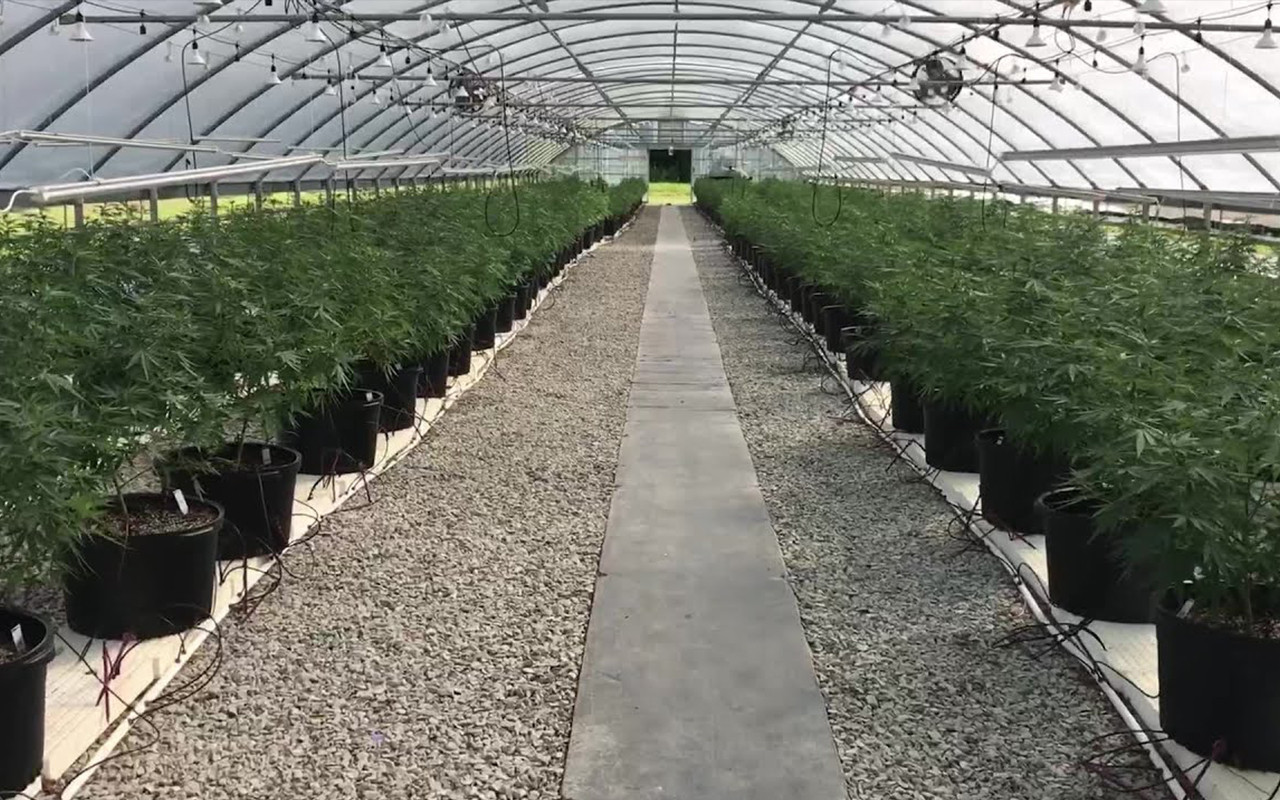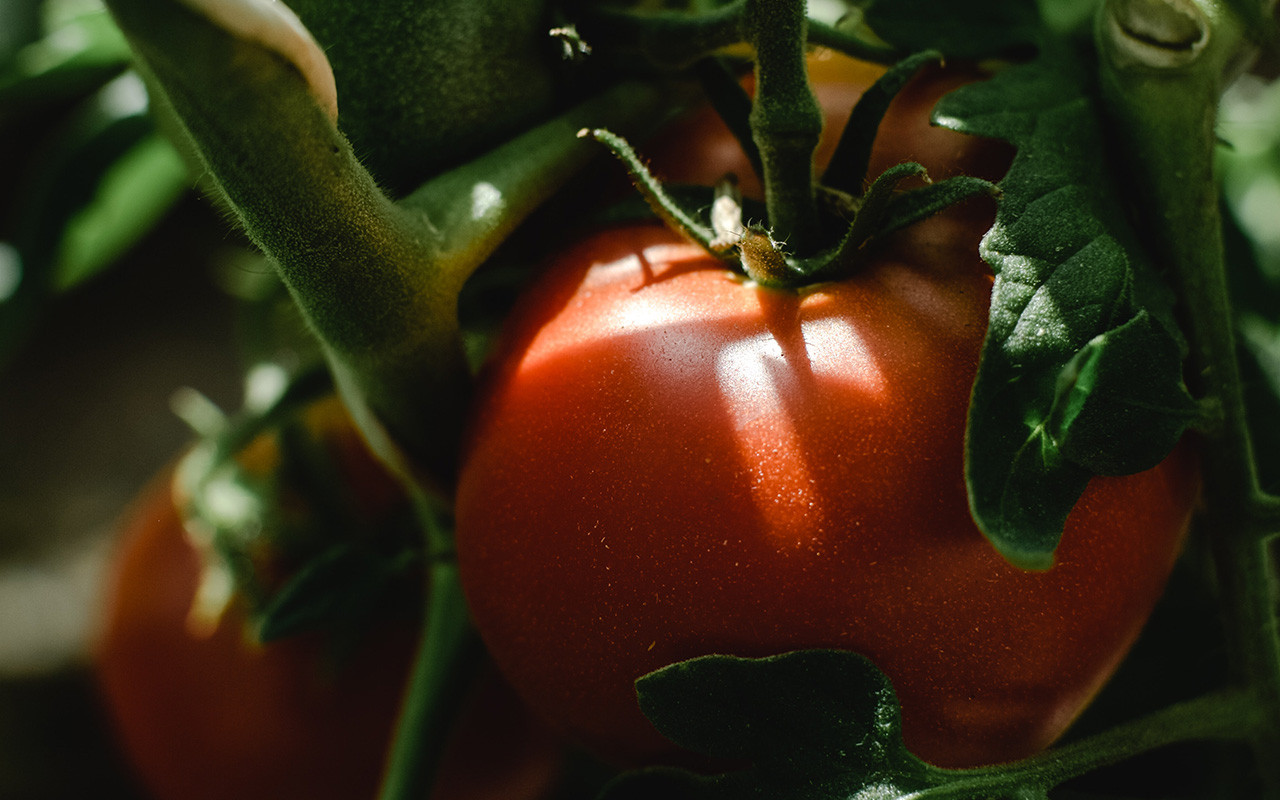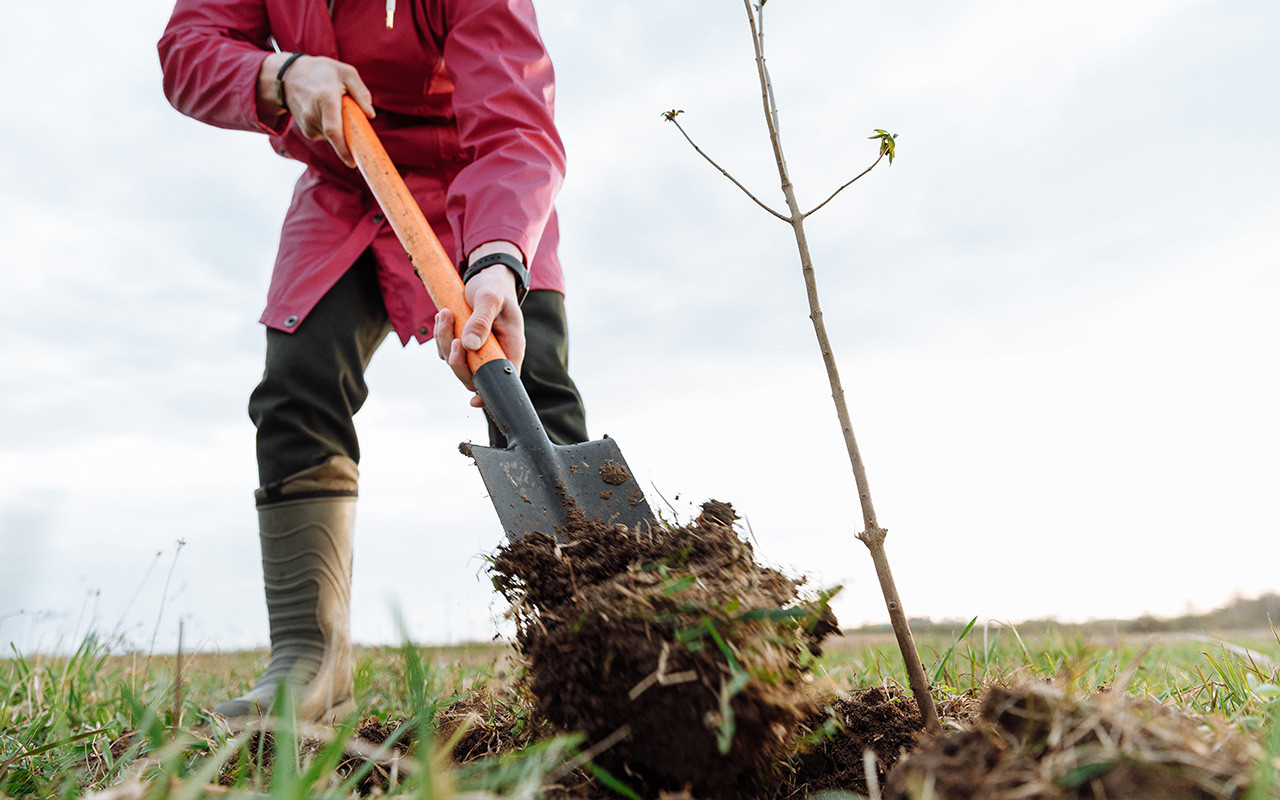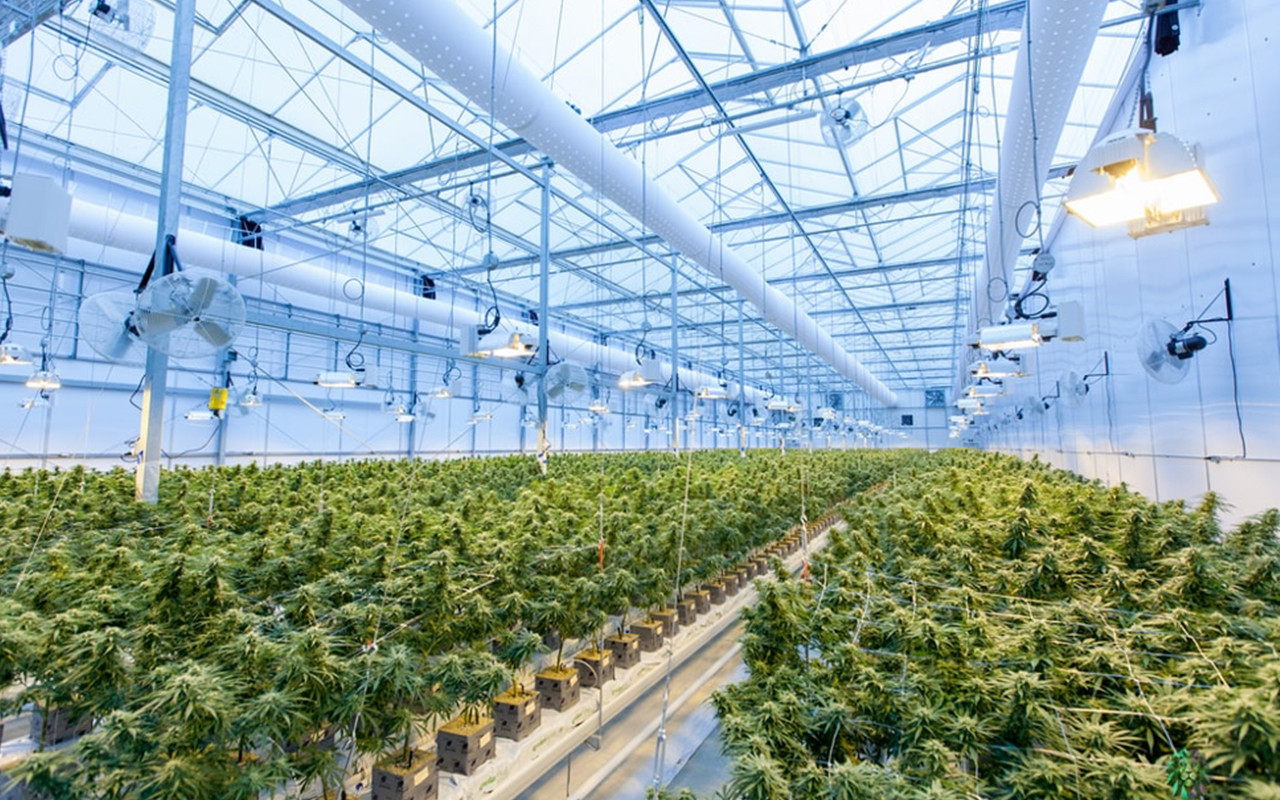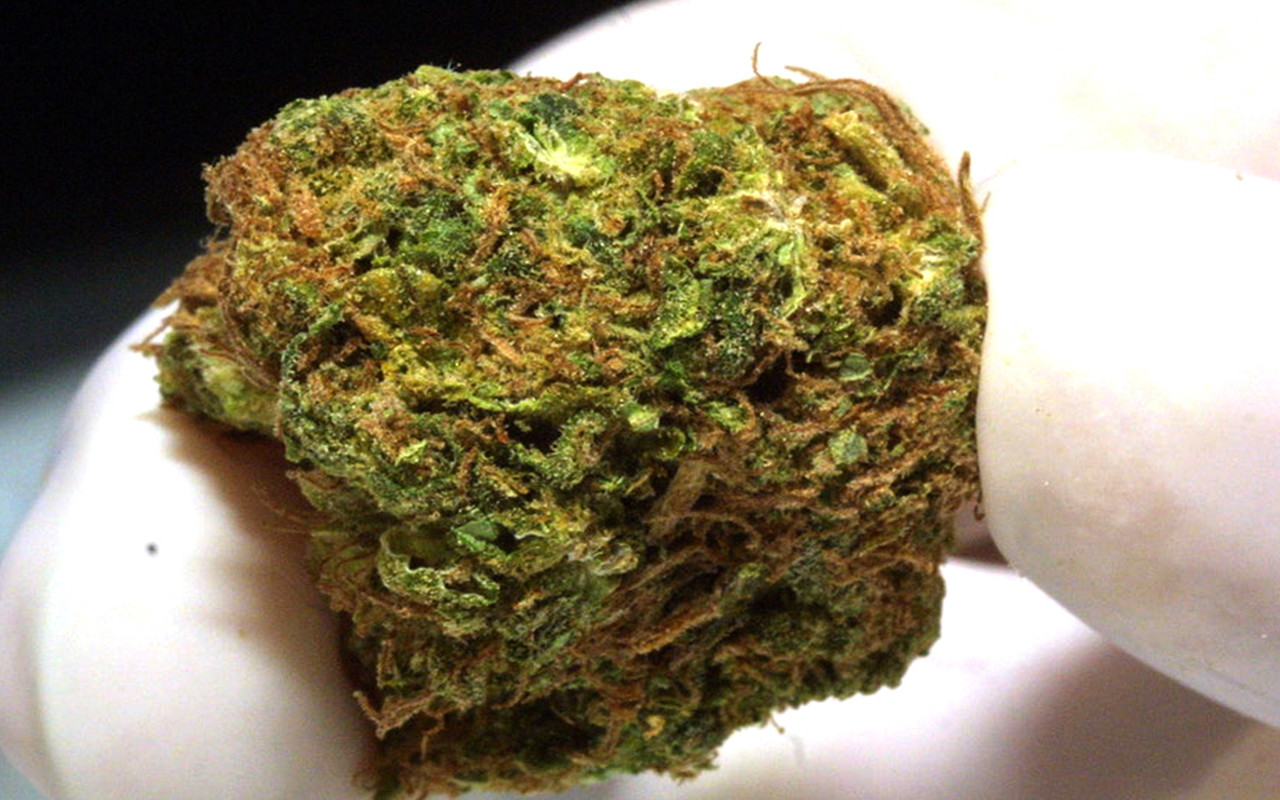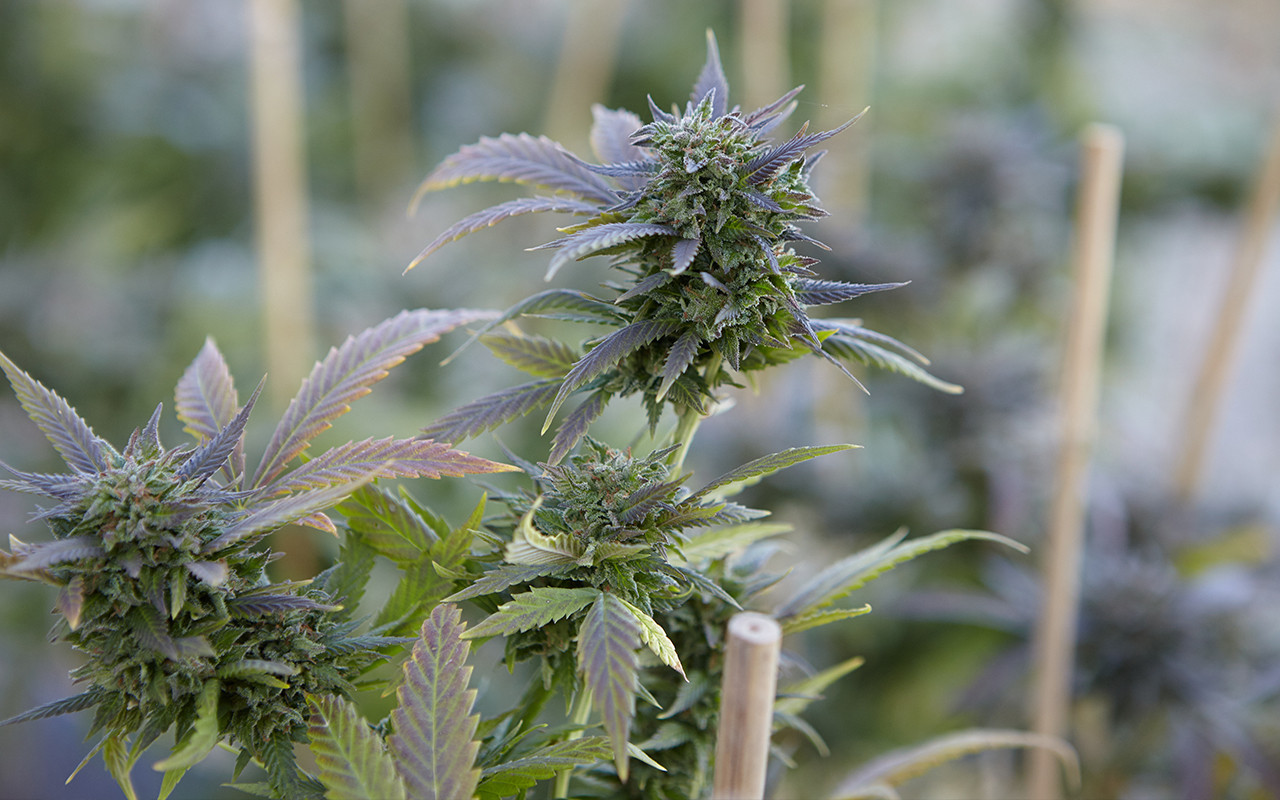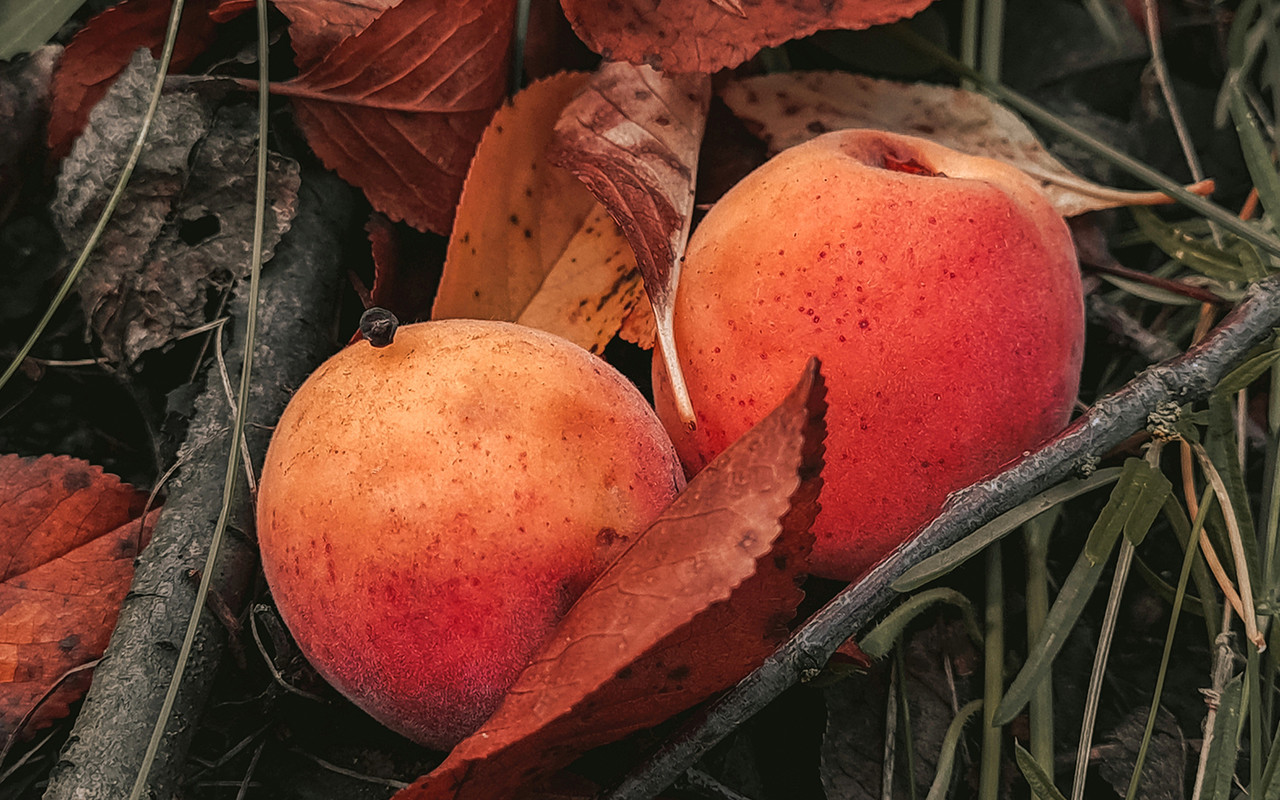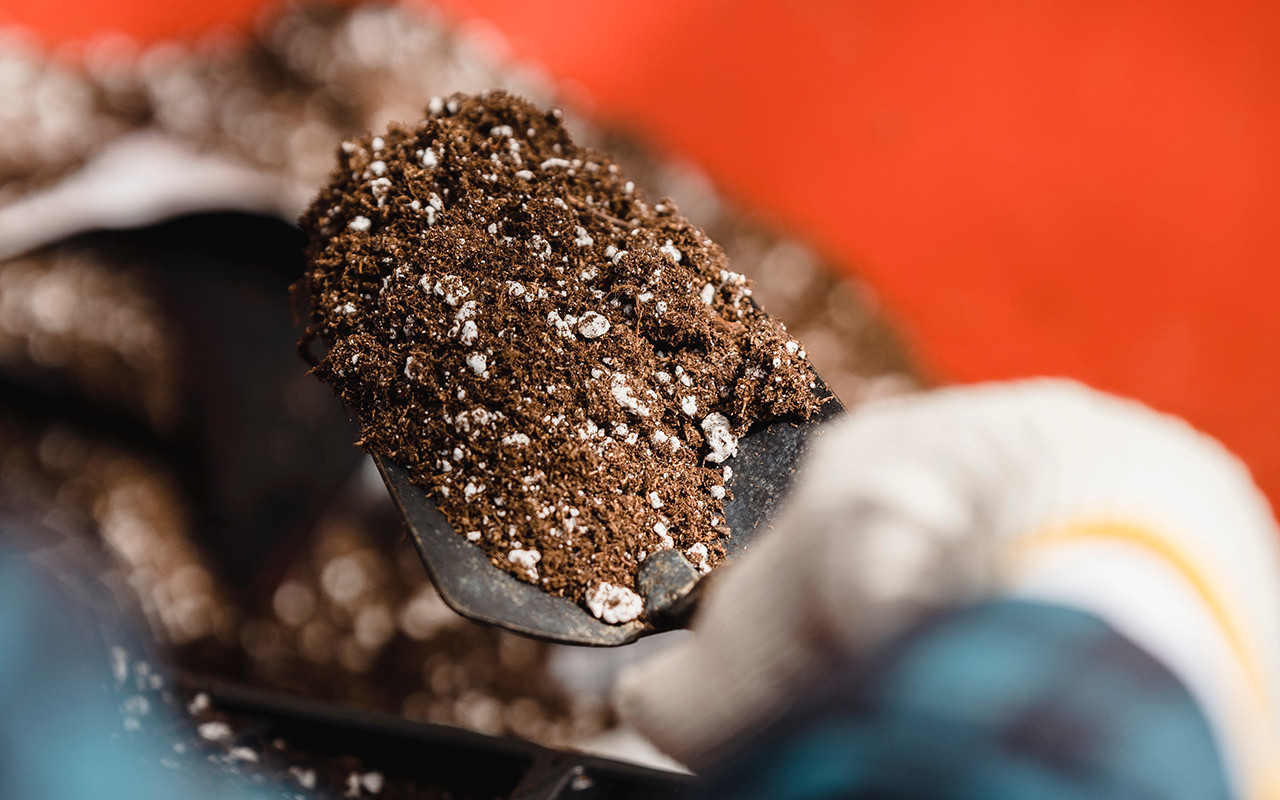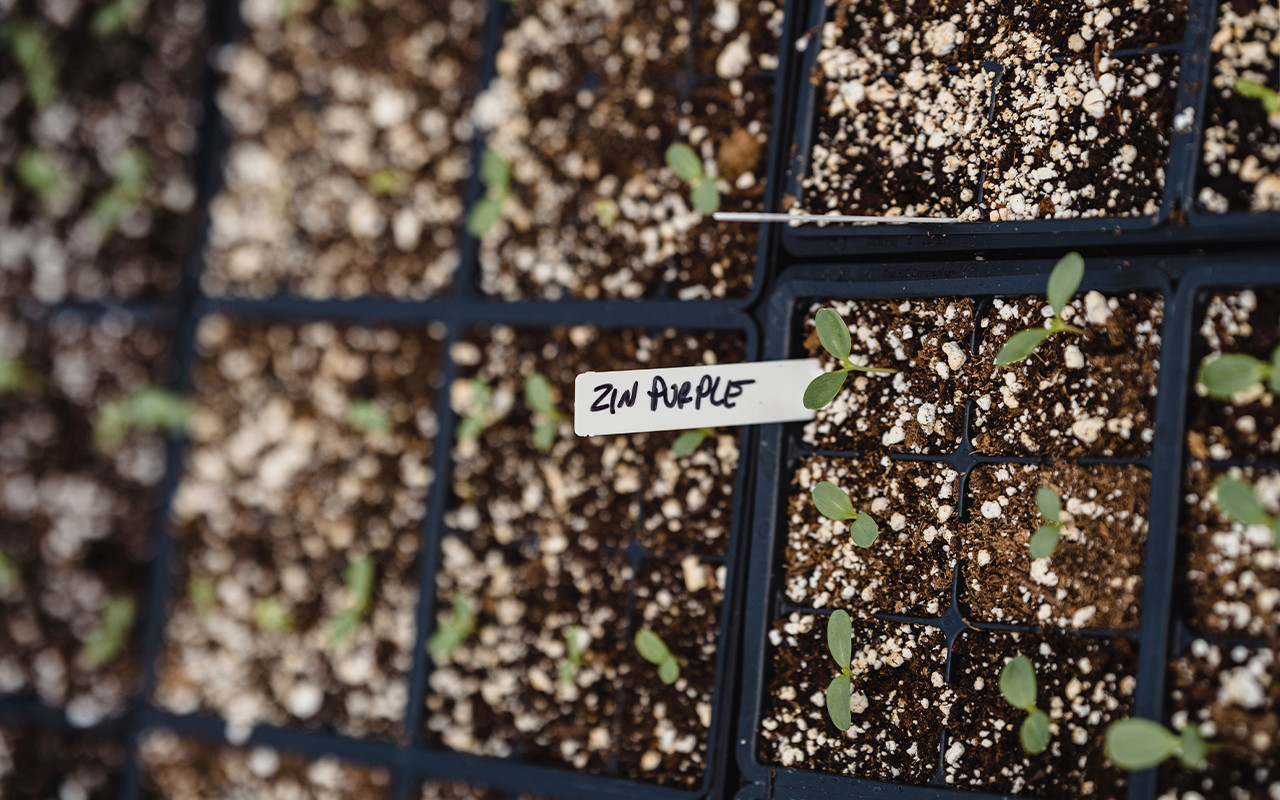Due to bans on farming, industrial farmers had been missing out on the potential benefits of hemp. Now with the loosening of restrictions, an army of hemp growers fire up tons worth their explosively tasty buds. In the United States alone, more than 2278 tons of legal weed are produced annually. When it comes to choosing the best cannabis seeds and clones to grow in 2023, there are a lot of factors to consider. Choosing plants that grow well in your area and can thrive with your growing style is critical for a successful harvest. Here are five of our top picks for cannabis strains that will do well in most growing conditions.
As the weather begins to cool and the days grow shorter, you may be tempted to neglect your garden. However, autumn is actually an important time of year for fertilizing. Fertilizing in autumn has a number of benefits that can help your garden thrive.
As hemp growers, we are always looking for ways to improve our crops. That's why when synthetic PGRs (plant growth regulators) were developed, they seemed like a dream come true. These chemicals act like hormones, promoting dense flowers and keeping plants unnaturally short and bushy. However, over time, we have learned that these synthetic PGRs are actually quite dangerous. In this blog post, we'll explore why synthetic PGRs are considered dangerous and why they are still in use.
When it comes to cannabis, there are a lot of different factors that go into ensuring a good yield. One of the most important things to consider is what kind of fertilizer you will use. In this blog post, we will give you a overview of the different types of fertilizers available for cannabis so that you can make the best decision for your grow operation.
There are many different types of fertilizers that are made for many different purposes, so it's important to consult your local nursery or gardening store for help. They will be able to suggest the right type of fertilizer for your needs whether it is basic plant food, organic compost, or something else!
These fertilizers are used to give your plants the nutrients they need for healthy plant growth. They are mostly made up of nitrogen, phosphorus, and potassium, which are key ingredients in any type of fertilizer. Nitrogen is needed by plants to produce proteins or "building blocks" for cells. Phosphorus helps with root development and hardiness in plants while potassium assists with water regulation in plants.
As cannabis legalization spreads around the world, many growers are looking to explore new markets with more favorable legislation. Latin America, Africa, and Asia all have ideal conditions for cannabis farms, and countries that understand the potential economic benefits are easing legislation in order to attract these companies. What does this mean for emerging economies?







